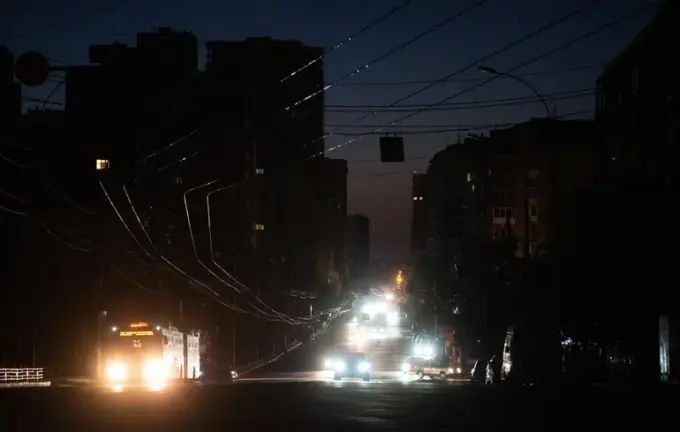Air and Energy Warfare Threat: Russia’s Devastation of Ukraine Before Winter

Russia continues to deliberately destroy Ukraine’s infrastructure to increase pressure and exhaust its resources ahead of the harsh winter.
According to leading analysts, the Kremlin is focusing on air strikes and drone attacks aimed at sabotaging power grids, heating systems, and gas infrastructure in strategic regions.
While Ukraine enhances its air defense capabilities—interceptors, missile defense, and electronic warfare systems—the enemy adapts quickly.
Instead of costly and inaccurate missiles, Russia increasingly deploys Shahed-type drones capable of precise attacks at speeds over 300 km/h.
These drones evade defense systems using artificial intelligence and attack important targets en masse—up to 700 drones in a single night.
Meanwhile, Russian forces also attack border regions such as Sumy, Chernihiv, and Kharkiv to effectively divide Ukraine, weaken its industrial potential, and increase economic isolation.
The Ukrainian energy sector, heavily reliant on nuclear power (about 60%) along with hydro and thermal stations, remains vulnerable.
Recent strikes have damaged power plants and gas facilities, leading to partial disruptions and the disabling of critical energy nodes.
Despite these challenges, Ukraine is actively working on recovery and strengthening its defenses by establishing mobile units that combine air defenses and drone countermeasures.
This winter is set to test the resilience of the Ukrainian nation, with prolonged power and gas outages expected in many regions, complicating daily life during cold months.
Kyiv and other cities are conducting repair operations, and Ukrainian specialists aim to counter Russia’s ongoing aggression with modern technical solutions and civilian resilience.
The fight for energy security remains tense, as Moscow shows no intention of halting its efforts to destroy Ukraine from within.

